Proven Winners hydrangeas are beloved for their stunning blooms. Here are the five common types to help you identify them:
Bigleaf Hydrangea – Hydrangea macrophylla
Bloom shape: Large, round clusters (mophead) or flat-topped with outer petals surrounding a central cluster (lacecap)
Colors: Can vary from pink to blue depending on soil acidity
Leaves: Large, oval-shaped leaves
Note: Typically blooms on old wood, so pruning at the wrong time can affect flowering.
Smooth Hydrangea – Hydrangea arborescens
Bloom shape: Large, round, snowball-shaped clusters
Colors: Primarily white, but some newer cultivars offer pink or green hues
Leaves: Smooth, heart-shaped leaves
Note: Blooms on new wood, so pruning in late winter or early spring is okay.
Panicle Hydrangea – Hydrangea paniculata
Bloom shape: Cone-shaped clusters that start green, turn white, then pink or red as the season progresses
Colors: Green, white, pink, and red
Leaves: Oval-shaped leaves with serrated edges
Note: Blooms on new wood, so pruning in late winter or early spring is ideal
Oakleaf Hydrangea – Hydrangea quercifolia
Bloom shape: Large, lacecap-shaped clusters
Colors: White turning to pink or brown as the season progresses
Leaves: Oak-shaped leaves that turn vibrant red, purple, and orange in fall
Note: Blooms on old wood, so avoid heavy pruning
Mountain Hydrangea – Hydrangea serrata
Bloom shape: Lacecap-shaped clusters
Colors: Pink to deep red to purple
Leaves: ovate and serrated leaves
Note: Blooms on old and new wood, cut back stems by 1/3 in August
Remember: These are general characteristics, and there are many cultivars within each type with variations in color, size, and bloom shape.
Contributors: Heather Wheatley
